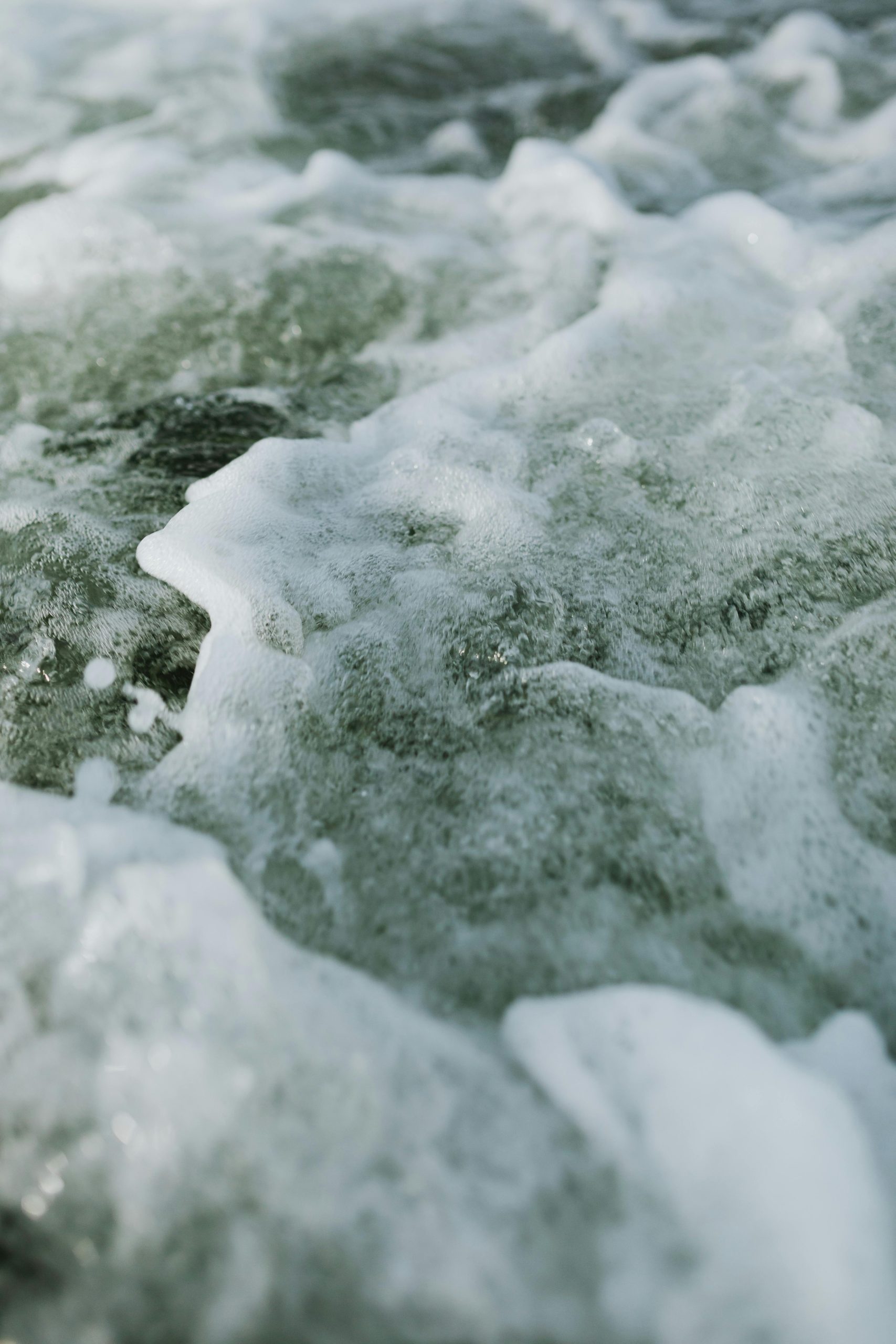![]()
Are you thinking about getting a sump? Allow us to persuade you…
1. The sump expands your system’s water capacity. We all know that the more water you have in your system, the better the water quality will be. (As a rule of thumb.)
2. Provides a location for unsightly equipment such as skimmers and heaters to be stored.
3. Facilitates water changes. If you size your sump so that the actual amount of water in it when it’s active is equal to the size of your normal water changes, you can simply empty it and refill it with water up to your water line, and your “POOF” water change is complete. (Before you do this, make sure the sump pumps are turned off.)
4. A simple way to keep your tank’s water level at a constant level. The water level in the sump, not the water level in your tank, decreases as water evaporates. Then simply replace the water in your sump, which will reduce the likelihood that your tank critters will notice that freshwater has been added to the system.
A plastic tub of some sort is one of the cheapest sumps. You’ll need to make an overflow if your tank isn’t “Reef ready” = drilled. These can be made by hand, like Kev’s, or purchased. The overflow is then piped to your sump, which is then pumped back up to your tank via a return pump.
Remember to account for the effect of gravity on the water as it pumps up when sizing your pump. Calculate the height at which the water must be pushed by the pump. This is your “Head Height” measurement. Find a pump that can circulate the amount of water you want at the right head height.
The overflow pulls water from the tank and down the plumbing into the sump using a syphon. A “U” or “J” tube is used in hang-on style overflows. Because of the shape, this is the case. The “fingers” on the tank side of the overflow strain the water (only very coarse items), and they are also adjustable so you can set the water level you want the tank to maintain. The water will be pulled up and over the side of the tank via the “U/J” tube once the syphon is established. It will then drain into your sump via the plumbing. Your sump pump then returns the water to the tank.
In theory, the pump tries to overflow the tank while the overflow tries to drain it, so assuming your overflow can handle a capacity equal to or greater than the pump’s pumping capacity, you’ll have equilibrium.
WARNING! When sizing your sump, don’t just make it big enough to accommodate the extra water capacity. When you turn off your pumps, make sure the sump can hold any water that may flow back down the plumbing. If the overflow is properly designed, the syphon will not break. A ball valve in the return line can be used to limit the amount of backflow, but these have been known to fail.
Share This





Be the first to comment